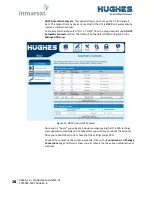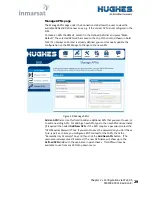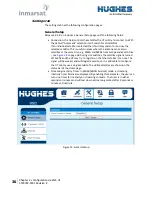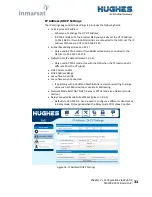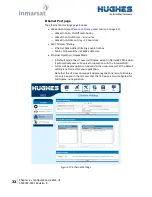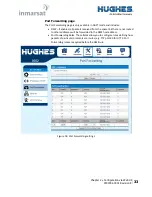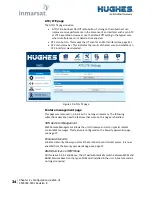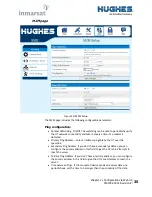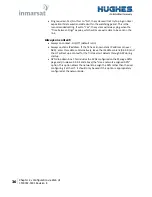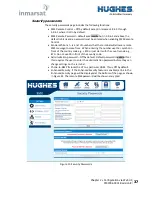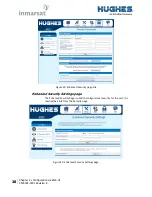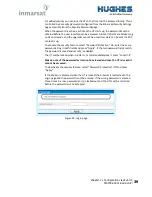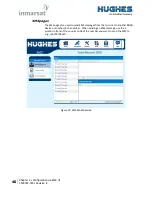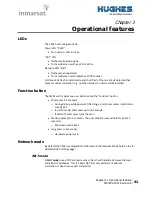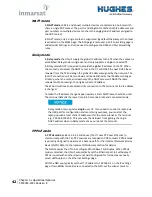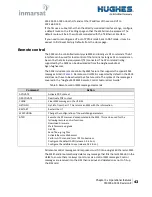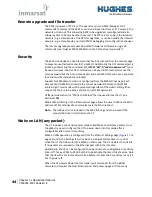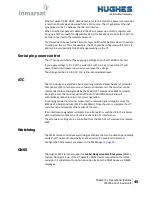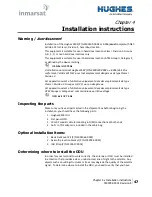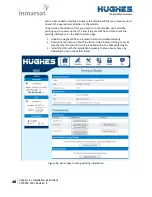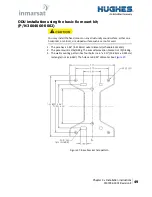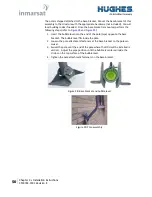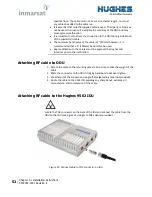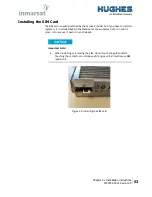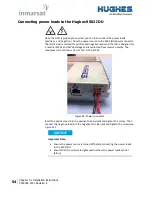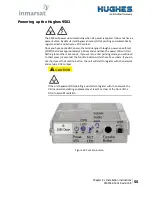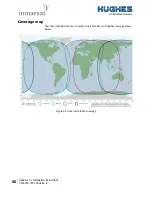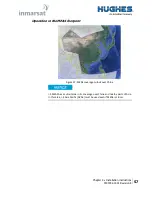
42
Chapter 3
•
Operational features
3500782-0001 Revision E
NAPT mode
In
NAPT mode
(5.9.4.4 and above) multiple devices connected via a hub or switch
share a single PDP context. The port translating NAT modifies both IP addresses and
port numbers so multiple devices can share the single global IP address assigned to
the PDP context.
In NAPT mode, only a single context is supported. By default the Always On Context
is activated on the M2M page. The ACA page is removed. A Port Forwarding page is
added under Settings and can be used to configure the DMZ and Port Forwarding
rules.
Relay mode
In
Relay mode
the UT will supply the global IP address to the TE when the context is
established. Relay mode is single user and only supports a single connected TE.
In Relay mode DHCP is required to provide the global IP address to the TE. When
the context is activated, the DHCP server in the UT will NACK the next DHCP lease
renewal from the TE and assign the global IP address assigned by the network. The
local IP connection will be torn down and reestablished as the IP address changes.
Similarly, when the context is deactivated the DHCP server will NACK the lease
renewal and then reassign the original private IP address.
The Web UI will lose and reestablish its connection to the terminal as the IP address
is changed.
To make the IP address change happen quickly a short DHCP lease should be used.
The terminal defaults the lease time to 60 seconds in idle and connected mode.
Relay mode only supports a
single
user TE. If you need to connect a laptop via
the USB port for configuration and monitoring purposes, you must set the
laptop up with a local static IP address within the same subnet as the terminal
e.g., 192.168.128.200. This prevents the USB port from getting the single
DHCP address when in Relay mode once you reboot the terminal.
PPPoE mode
In
PPPoE mode
(release 5.9.5.3 and above) the UT uses PPP over Ethernet to
communicate with the TEs. PPP sessions are mapped to PDP contexts. PPPoE mode
is primarily designed to operate as a backup path for the Inmarsat Network Service
Device (NSD). Refer to the Inmarsat NSD documentation for details.
The NSD requires the UT to be configured for 10BaseT Full Duplex. When PPPoE
mode is selected, the UT will automatically set the Ethernet port to Full Duplex. If
PPPoE is used with another device not hard configured for full duplex, manually
select Half Duplex on the Ethernet Settings page.
With the NSD you typically set the UT IP address to 192.168.0.1 on the IP settings
page. If two BGAN terminals are connected to the NSD, set the subnet mask to

